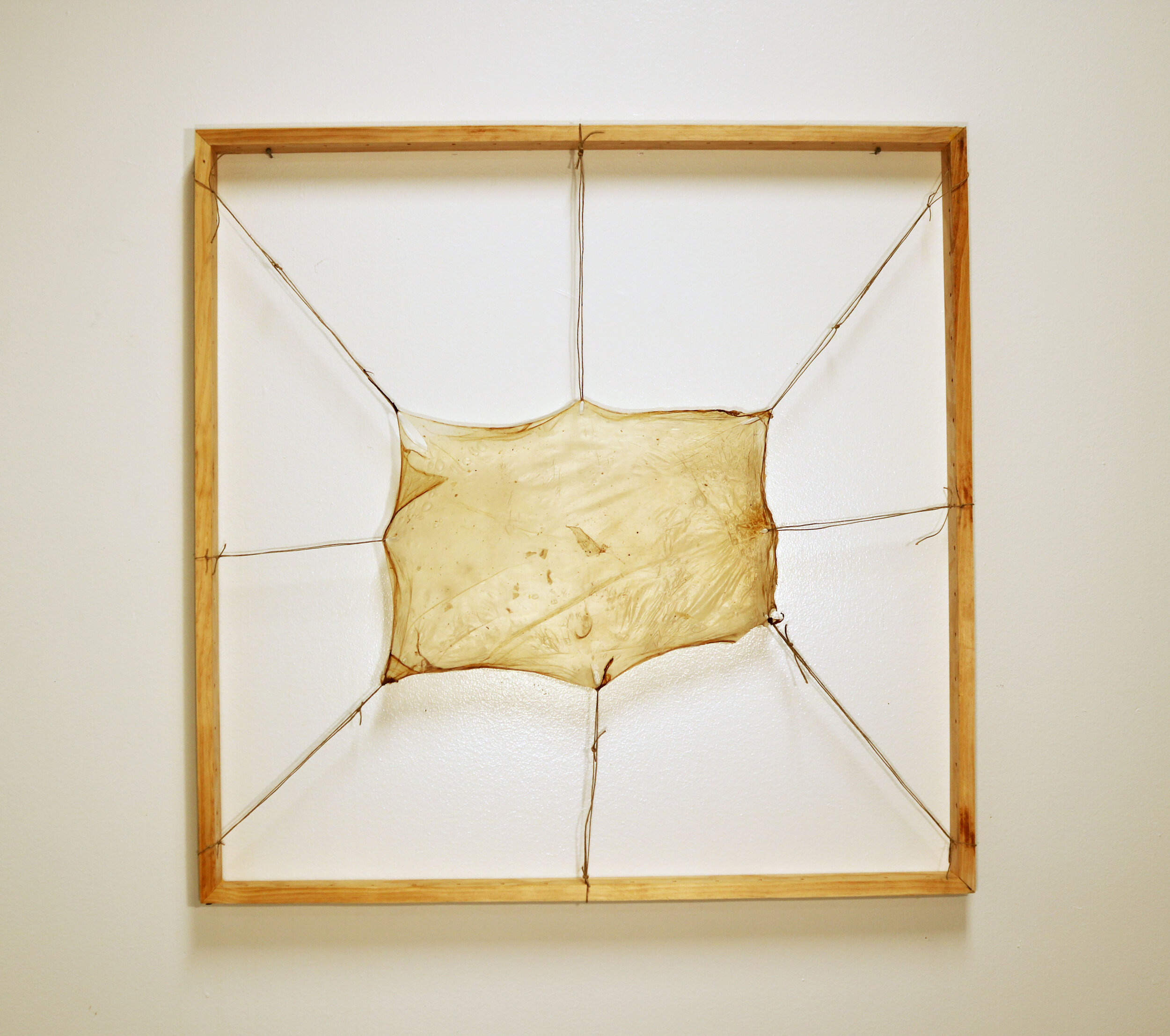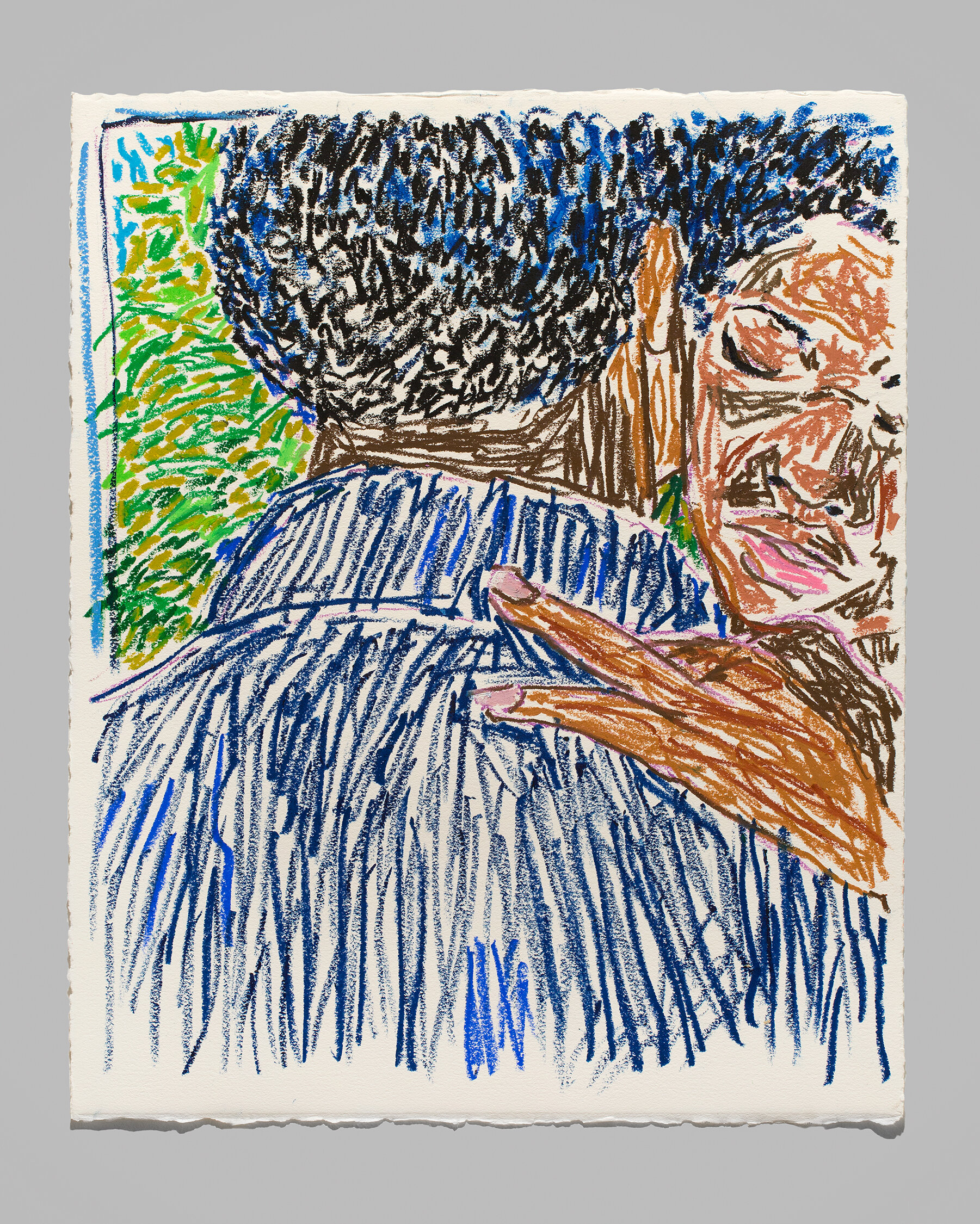Breathe
Art Mile Detroit 2021 | Detroit, Michigan | Inaugural Curatorial Fellow
Breathe is a multidisciplinary exhibition featuring the work of artists who create commentary around the complex relationship between humans and our natural environment, often simply bringing attention to the beauty of documenting nature and the loss of natural spaces. We, individually and collectively, play a significant role in ecology. There was a time when we communed with nature, understanding the collaborative relationship and overlapping responsibilities to one another. Yet, as time progresses, we’re continuously developing more and more ways to dominate nature, rather than live in partnership with an understanding of a mutually beneficial relationship. Breathe specifically focuses on the psychological necessity of a robust collaborative lifestyle within natural environments. Each artwork is imbued with individual identity that comments on the effects our actions have on ecological balances.
The understanding of our innate need to experience natural spaces often has dissipated over time, as a result of nations industrializing nations. Michigan’s thriving lumber industry and continuously expanding agricultural prioritization in the nineteenth century decimated the tree and wildlife population in the state. Toward the end of the century and on into the twentieth century, the automotive industry continued the depletion of natural landscapes and Detroit was not spared. Population increases and shifts from nature-based to more industrial lifestyles over time have complicated humans' relationships to the natural environment, which has progressively been reduced to manicured lawns and homes filled with greenhouse-born plants. Cityscapes have replaced sprawling tree-lined canopies and the further removed we are from wild, open spaces, the less our psychological need for that connection is met.
The mid-twentieth century saw a renewed interest in understanding the symbiotic relationship of humans and our natural environments, and our need to move toward more cohesive existences to heal ourselves and the world in which we live. The birth of forest schools in 1950s Denmark, theories regarding the benefits of forest bathing in 1980s Japan, and the development of subjects of study such as ecopsychology, environmental psychology, and ecotherapy began a wave of focus on this relationship.
As city planning begins to imagine ways to reintroduce natural spaces into urban areas, individuals are moving towards more interests in making time for excursions outdoors. Whether there are cross-country trips planned, or late afternoon lunches in the parks, some people are recognizing the proven psychological benefits of deliberately placing importance on experiencing green spaces - for their mental, physical, and cognitive health.
Rachel Carson’s 1962 international best seller Silent Spring placed a magnifying glass on a specific aspect of human’s relationship to nature, the destruction we were causing. It brought the environmental movement to a much larger stage and ultimately played a role in the creation of the Environmental Defense Fund and the Environmental Protection Agency in the United States. Bridging the gap between us and our natural environment has not only resulted in healthier individuals, the melding of this relationship has also shown that experiencing nature often creates feelings of connection to nature and concern regarding the ramifications of our actions on the environment.
Breathe is a narrative commentary on the ever-expanding disjointed relationship between humans and nature. The artwork speaks to individual relationships that help shape personal identity, and form broader psychological ideas. Identity is an essential connecting thread throughout the exhibition. How have we become so far removed from such an innate need to connect with our natural environment? Are we compensating for a subconscious understanding of this need by bringing the outdoors inside, and beginning to advocate for more sustainable industries and a more cooperative relationship with nature? Or is moving away from predominantly living our lives so interiorly to increasingly introducing exterior and natural experiences back in, the ultimate remediation for this disconnect from our fundamental psychological need of a nature-based lifestyle?
Participating Artists:
Maya Davis | Brian Day | Morel Doucet | Pat Perry |
Senghor Reid | Ellen Rutt | Millee Tibbs | Paul Verdell
ABOUT THE CURATORIAL FELLOWSHIP
For its second edition, Art Mile joined forces with world renowned not-for-profit organization, Independent Curators International (ICI), in the creation of the Art Mile Curatorial Fellowship. Recognizing the need for new curatorial platforms that support challenging ideas from independent minds, the fellowship program selected one local curator to organize one online exhibition and one virtual event for Art Mile 2021. The inaugural fellow, Juana Williams, was nominated by a selection committee comprising Art Mile Co-Founder and Reyes | Finn Partner, Bridget Finn; Red Bull Arts Detroit’s Curator of Public Programs, Jessica Allie; and ICI's Executive and Artistic Director, Renaud Proch, who additionally provided curatorial mentorship.







